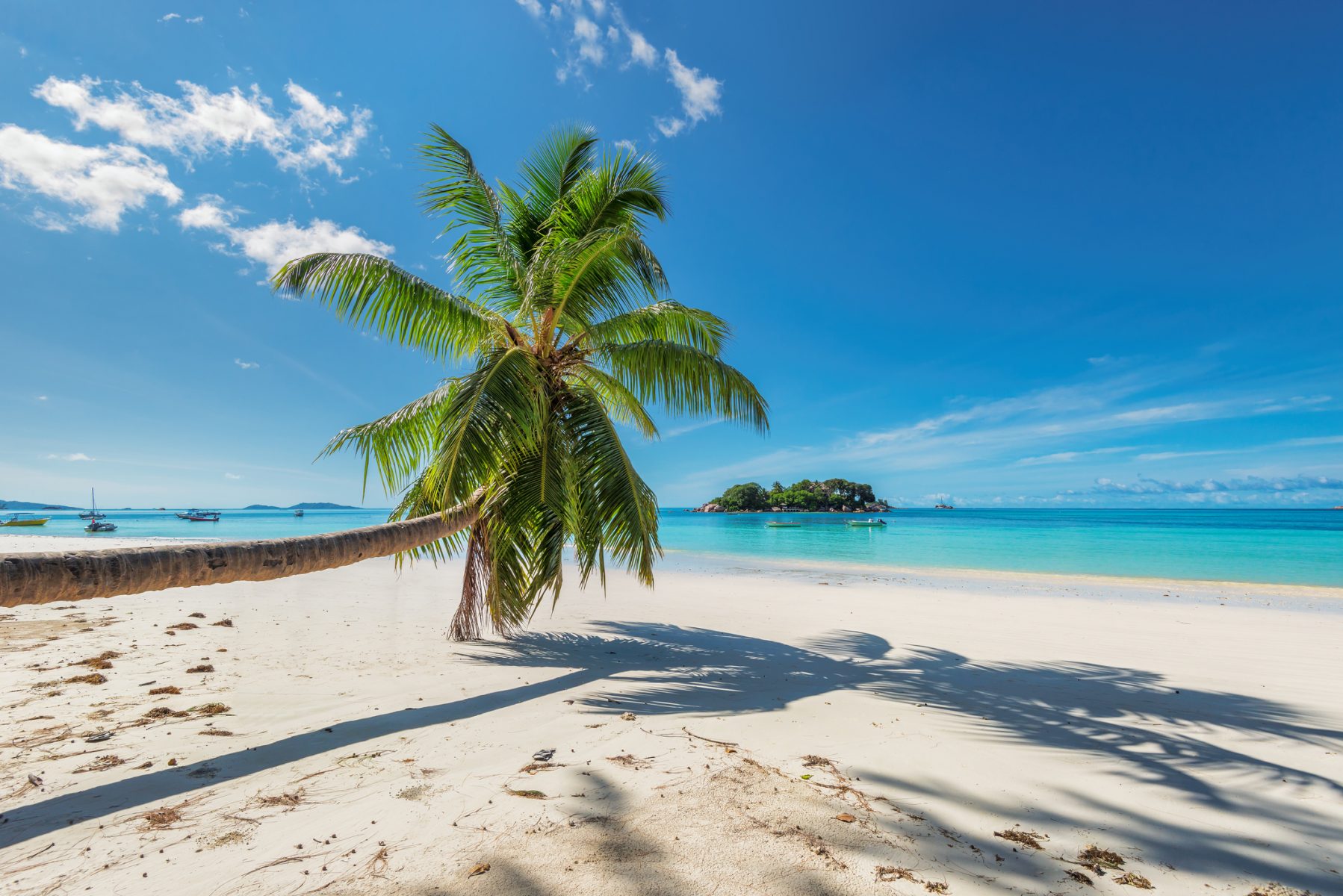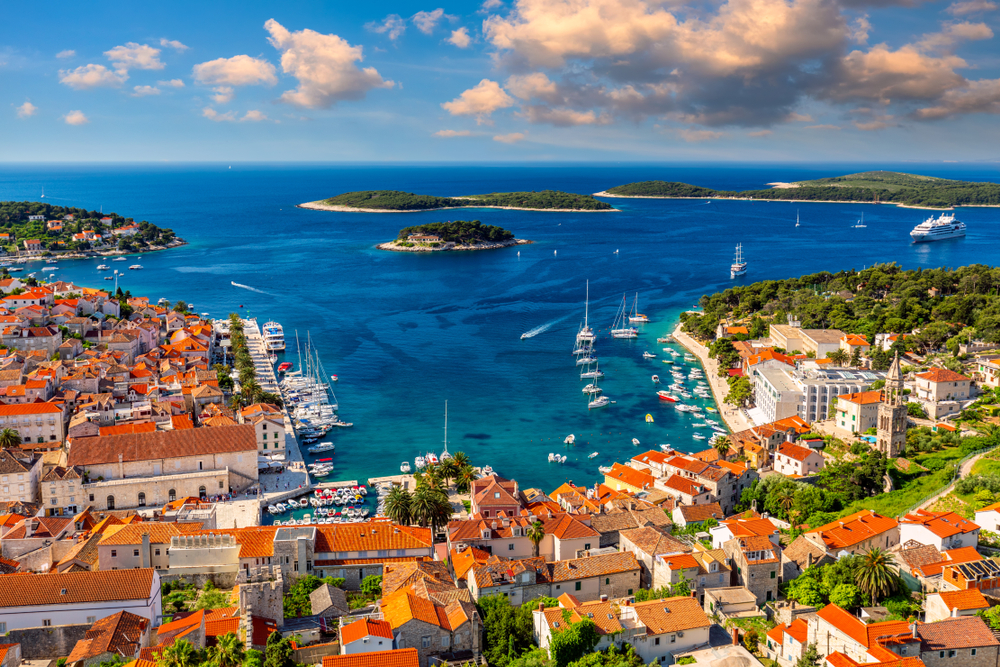The 5 states where people have stopped flying the most
Signing up for credit cards through partner links earns us a commission. Terms apply to the offers listed on this page. Here’s our full advertising policy: How we make money.
As the pandemic rages on in 2020, most travelers continue to stay close to home, with many opting to not travel at all or choosing a road trip within a few hours of home. For the time being, the majority of Americans have foregone air travel. In fact, airline passenger volumes are down approximately 70% domestically and 88% internationally from a year ago, according to Airlines for America’s Tracking the Impacts of COVID-19 report. Airlines have cut capacity too, with carriers operating 49% fewer flights in 2020 than in 2019.
Passenger levels dropped by 96% in April, a level not seen since the 1950s before the dawn of the jet age, said Katherine Estep, managing director of communications for Airlines for America. Much of this reduction is due to travel restrictions implemented during the pandemic coupled with a desire to stay at home in an effort to reduce the risk of coronavirus exposure.
While COVID is still a major concern for travelers across the U.S., certain areas of the country have seen larger drops in air travel than others.
What states are seeing the fewest flyers?
New York, an early and major hotspot of the COVID-19 outbreak, unsurprisingly suffered an overwhelming loss of air travel in recent months. Year over year from July 2019 to July 2020, New York experienced the largest decrease in scheduled departures, a drop of 70% in scheduled passenger flights, Estep says. New Jersey was close behind, she added, with a 67% decrease in scheduled passenger flights.

Hawaii experienced an incredible drop of 94% year over year from 2019 to 2020; however, the state instituted a mandatory 14-day self-quarantine for all out-of-state passengers on March 26, a mandate that was extended to interisland travel on April 1. These restrictions were a major contributor to such a massive decrease. On June 25, New York followed suit, along with New Jersey, by instituting 14-day self-quarantine for out-of-state travelers from 33 states, Puerto Rico and the Virgin Islands.
Massachusetts and Vermont also took hard hits, rounding out the top five states with the fewest flyers. Massachusetts implemented its own travel restrictions on Aug. 1 that requires either a 14-day quarantine or a negative COVID-19 test within 72 hours of your arrival in the state. Vermont also requires a 14-day quarantine for out-of-state visitors, although there are some exemptions that may reduce that time.
What states are seeing the most flyers?
For July 2020, the five states with the most flyers were Florida, California, Texas, Illinois and Colorado, Estep says. Unlike the states with the fewest flyers, none of these five states have statewide mandated travel restrictions such as mandatory quarantines. Major carriers including Delta Air Lines, American Airlines and Southwest Airlines have implemented safety precautions such as new cleaning and sanitizing protocols and mask mandates to help reduce possible coronavirus transmission among passengers. As such, despite rising confirmed COVID-19 cases, travelers are slowly getting back on the road and in the air for both work and pleasure.
Even so, don’t expect air travel to rebound anytime soon. Before the pandemic, U.S. airlines transported 2.5 million passengers a day, along with 58,000 tons of cargo, Estep says. Right now, net booked passengers have dropped 78% compared to last year with net booked revenue down 89%, per Estep. “This crisis hit a robust industry at lightning speed, but recovery will not be as swift,” she says. “Our industry has never experienced a V-shaped recovery.”
Specifically, it took three years for the industry to recover following 9/11 and more than seven years after the 2008 recession, Estep says. “The reality is that the U.S. airline industry will emerge smaller than it was just a few short months ago,” she adds. “We do not expect demand to fully recover prior to 2024, at the earliest.”
That is reflected in consumer sentiment as noted in the Travel Sentiment Study Wave 18 by Longwoods International and Miles Partnership. In the study, 73% of travelers planning to travel within six months said they will change their plans due to the coronavirus. Of those, 27% said they would change their destination to one they could reach by car rather than fly. Another 42% said they would cancel their trip completely. Factors in these decisions include concern over the coronavirus (45%) and concerns about the economy (18%).
Bottom line
Although some states are experiencing a resurgence of air travel, these numbers are far from the passenger volume experienced this time last year. Most likely, it will take a combination of an economic rebound and a reduction in confirmed COVID-19 cases before a substantial number of travelers take to the air once more.
Editorial Note: We're the Million Mile Secrets team. And we're proud of our content, opinions and analysis, and of our reader's comments. These haven’t been reviewed, approved or endorsed by any of the airlines, hotels, or credit card issuers which we often write about. And that’s just how we like it! :)






Join the Discussion!